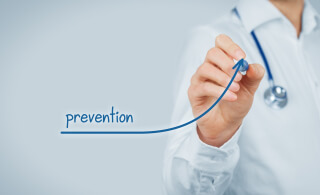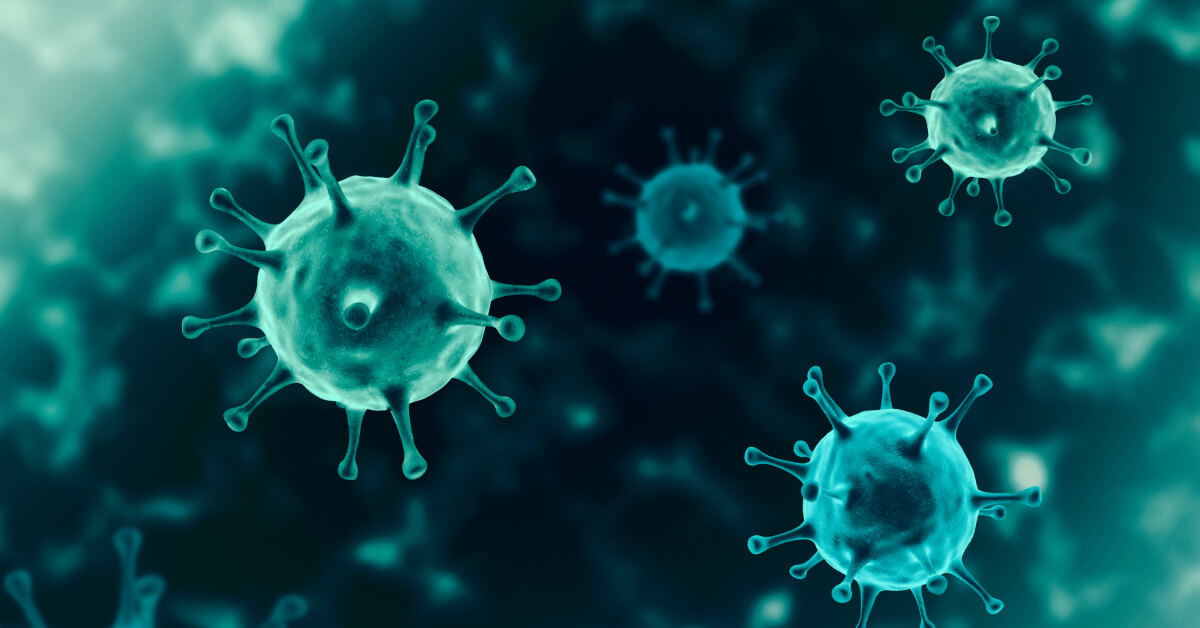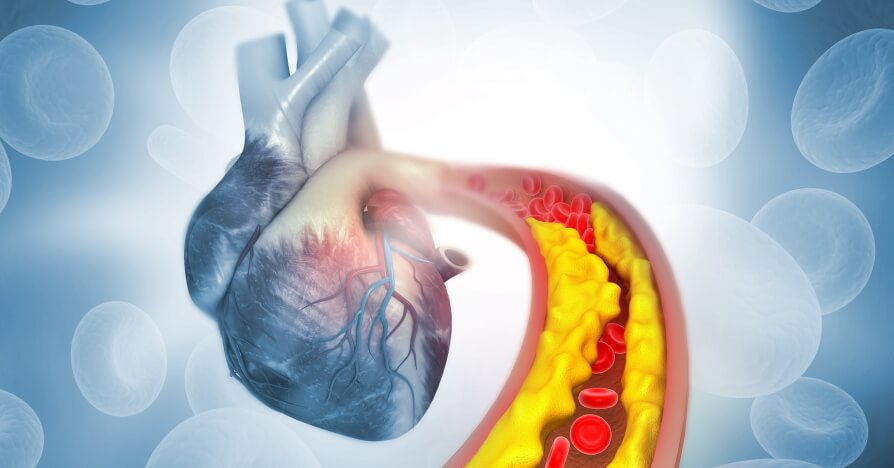
Brandywine Family Medicine Blog
Preventive Health
Published 06.11.2021
At your free annual preventive health visit we will review your personal history and family history to assess your risk of inherited diseases. We can discuss diet recommendations, healthy weight goals, recommendations on exercise, safety issues like seat belts and bike helmets, alcohol use, safe sex, intimate partner safety, tobacco use, cancer screening for cervical, breast, colon, and prostate cancer, and recommended screenings for cholesterol, diabetes, and other issues. Sorry, but we can’t discuss a new problem or concern on the same day as a preventive health visit. Insurances won’t pay for both on the same day.
To eat a healthy diet is an ongoing battle against willpower. I know junk food and take out food tastes good. We are constantly bombarded with food advertising. I think though that most of know what we really should be eating. I think if you just make it a goal to eat 5 servings of fruits and vegetables daily that everything else falls into place. French fries are not vegetables. Apples are good and tasty cakes are bad. We all know this. Eat from the outer rim of the grocery store. Fresh fruits and vegetables, fresh meat like lean beef and chicken, fish once or twice a week, and low fat dairy products like milk and yogurt. Whole grains are more filling because of their higher fiber content and keep our bowels happy and regular. Watch the salt in processed food, either canned or frozen. Watch the amount of carbohydrates and fat in your foods. You are what you eat. See the section on healthy lifestyle for more information.
The goal for your weight is to have your body mass index less than 25. You can find this from the chart in the obesity section. Watch your portion sizes and snacks and don’t drink your calories. Being overweight increases your risk of diabetes, heart disease, hypertension and stroke and can increase your risk of several cancers.
We should all be doing at least 150 minutes of moderate aerobic exercise weekly along with a couple of sessions of weight training weekly. This doesn’t have to be at the gym but you have to get sweaty at doing whatever you do. A brisk walk on some hills on a bright sunny day does a world of good. You have got to find ways to put exercise into your daily life. Have a list of ideas on your phone. Get up and move.
Everyone should wear their seat belt every time they are in the car. The car should not move until everyone is buckled in. No exceptions. Seat belts save lives. Watch ladders and getting up on chairs as you age. We just don’t fall as well when we are older as we did when we were young. If you are over 60 you really shouldn’t be up on a ladder. Over the years of practice we have had several patients killed or seriously injured in bike accidents. The roads around here are just too congested, especially intersections like Marsh and Silverside. In an ideal world drivers would share the road with bikers but it is just too risky around here. Even with a helmet I don’t recommend it. If you are going to ride find a safe development or bike trail. There are too many drivers on their phones not paying attention to their driving. A biker has the right to be on the road but is going to lose in the car vs bike accident every time.
Men should have less than 14 drinks per week and women should have less than 7 drinks per week. You should never drink more than 5 drinks in a day. It shouldn’t be a big deal to not drink for a few weeks. If the thought of going a month without alcohol curls your toes, you probably have a problem with alcohol. Try an alcohol free month and see how you feel.
Safe sex is safe sex, whether it is with men, women or both. You should use condoms every time for every way. Know your partner well and don’t commit to a new sexual relationship without both sides being tested. Be a boring prude and be safe. The more partners you have, the higher risk of sexual transmitted infections.
No one should ever be threatened, hit, or pushed. No one should ever be forced to have sex. If you have been, get help. If someone has done it to you once they will do it again, no matter what they say. The best predictor of future behavior is past behavior.
Contraception is everyones responsibility. Women should be on reliable birth control if they don’t want to get pregnant. Hoping you won’t get pregnant or relying on the withdrawl method is not birth control. There are lots of good options. I think IUDs are the best. They are low risk, worry free and can stay in place 3-10 years or removed sooner anytime you want to get pregnant. IUDs don’t interfere with later fertility and can give you lighter periods. Always use a condom for STI protection until you have both been tested and are committed to a monogamous relationship. Men don’t trust women to use birth control correctly. If you don’t want to be a father to a baby then use a condom every time. It is your responsibility too.
Smoking is bad for you. It is the number one preventable cause of death. It increases your risk of lung disease like chronic bronchitis and emphysema, it dramatically increases your risk of lung cancer and almost all other cancers, and increases your risk of heart attacks and strokes. You have to just quit. There are lots of options out there to help you quit. Do it because you care about yourself.
Cancer screening is all about the risk / benefit ratio. Not all cancers will kill you and it hard to tell which cancers, when found when they are small will be aggressive and lethal, versus cancer that will grow slowly and not really bother you for years. Biopsies and treatments like surgery, chemo and radiation are not benign and some people can have serious complications from treatment and die. The risk / benefit ratios look at what cancer screening tests are effective, what age to start screening, the frequency of screening and when to stop screening.
I use the US Preventive Service Task Force guidelines. They are a large group of physicians and statisticians that look at all available studies both in the US and abroad and look at the risk / benefit ratio of preventive health measures. The ideal test would find all cancers, be able to tell which cancers will become a problem, and tests that have little risk of harms. It is really important that you know your family history. Ask around and find out the facts of what type of cancers people had and at what age they were diagnosed with cancer. This can affect the recommended screenings you get.
There are several recommended cancer screening tests. If you smoked a pack a day for at least 30 years, are between the ages of 55 and 80, whether you have quit smoking or not, you should get a yearly low dose CT of the chest for lung cancer screening. This can decrease the risk of you dying from lung cancer.
A woman has about a 1 in 11 chance of getting breast cancer in their life. Self breast exams have not been found to be tremendously helpful but certainly if you find something in your breast tell someone and get it looked at. The recommendation on when to start mammograms is somewhat confusing and is somewhat of a personal preference. To screen women in their 40’s for breast cancer you are going to find a lot more benign lumps and have more negative biopsies but are going to find the rare potentially more aggressive cancers. If you prefer to take the risk of having a negative biopsy to reduce the risk of dying from the rare aggressive cancer then start breast cancer screening early and continue getting yearly screening. If the thought of having to undergo a biopsy that is far more likely benign than cancerous really upsets you then don’t start your screening until 50. The USPSTF recommends starting screening at age 50 and every 1-2 years after that and then quitting screening when your life expectancy is less than ten years. This is the recommendation for average risk women. If you have a strong family history of breast cancer then it may be recommended that you start earlier and have other studies like MRI of your breasts to screen you better.
A pap smear is only a cervical cancer screening test. It doesn’t screen for uterine or ovarian cancer. Almost all cervical cancer is caused by Human Papilloma Virus infections of your cervix that linger for years. There is no medication or treatment to get rid of HPV infections once you have them. Your body has to clear the infection on its own. Most women get HPV infections when they become sexually active from a partner. Most women will clear these infections in a few years but if these infections linger for years, they can cause cervical cancer. Many women who have cervical cancer haven’t had a pap smear in years. Get your paps done. The only way to prevent getting an HPV infection is to use condoms consistently every time and every way and to get the Gardasil vaccine when you are young before you become sexually active. If you haven’t had your Gardasil vaccines you can get them as an adult but check with your insurance about coverage. It is an expensive series of shots. HPV also causes a lot of oral and throat cancers, like 30,000 cases a year. Get your kids vaccinated before they become sexually active!
Currently it is recommended to start pap smears at age 21 and to get one every three years until 30 and then at 30 you get pap smears, which look at cells from your cervix, and high risk HPV testing every five years until age 65. This is the recommended screening frequency if your testing is all normal. If you have an abnormal test you will be screened more frequently and may need a colposcopy which looks at your cervix with a microscope and get a biopsy. If your pap smears and HRHPV testing were all normal you can safely stop cervical cancer screening at age 65 if you haven’t had any recent new sexual partners. If you aren’t having discharge, bleeding or pelvic pain there is little benefit in a yearly pelvic exam.
Uterine cancer almost always presents with abnormal vaginal bleeding. If you haven’t had a period in a year and then get vaginal bleeding, you definitely need to be seen.
Unfortunately, there is no good screen for ovarian cancer and these cancers are often found in late stages when treatment isn’t nearly as effective. CA 125 blood tests, routine pelvic US and pelvic exams do not decrease your risk of dying from ovarian cancer. If you have a strong family history of ovarian or breast cancer you should have screening and be tested for BRCA genes. Find out all you can about your family history.
Prostate cancer screening is controversial. You have to screen thousands of men over a period of 10 years to potentially save one man from dying of prostate cancer and many men will be treated for prostate cancer that never would have killed them. These treatments can result in erectile dysfunction, urine incontinence and other complications and some may die as result of treatment or surgery complications. I usually just screen men who express interest in screening, African American men who are at increased risk of prostate cancer, or men who have a family history of prostate cancer. As with all screening tests there are risks and benefits to screening. This calls for shared decision making between us.
Colon cancer screening is recommended for all people starting at age 50. If you have a family history of colon cancer or precancerous polyps you should start screening younger. The earlier you find colon cancer the better. It is very treatable early but in the late stages treatment has a low success rate. Most colon cancers arise from polyps which grow slowly and transform into colon cancer over a period of 8-10 years. Colon cancer has no symptoms until very late in the disease. Any major change in bowel habits or blood in your stool should prompt earlier testing.
There are several screening options for colon cancer. In the US we tend to recommend colonoscopy as the preferred screening method. For a colonoscopy you have to clean out your colon first which can be an unpleasant evening. For the procedure, you are sedated and a tube is inserted into your rectum to look through your entire colon. Any polyps or cancers seen can be biopsied then . The procedure only takes about 10-15 minutes and you won’t remember it. The risk of bleeding, colon perforation or complication from the sedation are very low. If you are good on a colonoscopy you don’t need another for 10 years. If they find a polyp you need to go back for another colonoscopy in 3-5 years depending on the type and size of the polyp.
The less invasive methods of screening are FIT testing, which involves collecting some stool on a card which is taken back to the lab for testing for blood in your stool. This involves no special diet or preparation. This method needs to be done every 1-2 years to be effective and is only going to find abnormal polyps or cancers that are big enough to be bleeding. You have to be bleeding a lot to see blood in your stool. Another method is a Cologuard which looks for blood and abnormal DNA in your stool. For this the company sends you a kit in the mail to collect a stool specimen which you then mail back to them. There is no special diet or bowel prep required. If a Cologuard is good you are good for three years.
If a FIT test or Cologuard are positive then you need to go ahead and do a colonoscopy where the colon can be visualized and a biopsy can be done if needed. The only caveat to this is that insurance is required to pay for colon cancer screening but if you do a FIT test or Cologuard that would be the screening test. If one of these comes back positive then you need to do a colonoscopy but now it is considered a diagnostic study so your insurance would pay for it like any other procedure. If you have a high deductible health plan now you would have to meet the deductible first before your insurance kicks in. Many people would just prefer to do the screening colonoscopy. I don’t care what screening test you do as long as you do something. Don’t keep putting it off. Don’t die of a preventable cancer.
Your risk of getting skin cancer is both genetic and related to the amount of sun exposure you have had in your lifetime. A few blistering burns are worse than a tan. Melanoma is by far the worse skin cancer as this can metastasize or spread to other areas of your body and kill you. Melanomas can form on any area of your skin not just sun exposed areas. You are at increased risk if you have a family history of melanoma, fair skin or a history of blistering sunburns when young. The other skin cancers like basal cell and squamous cell are much more related to your total sun exposure over your lifetime and tend to only occur on heavy sun exposed areas. They tend not to metastasize and can be treated early with local excision. Skin cancer is largely preventable. Avoid mid day sun and cover up when possible. If you are going to be out in the sun for more than 30 minutes you should apply sunscreen to all exposed areas and reapply every few hours. If you see an abnormal looking or changing mole then get it looked at. Check your whole body periodically and have someone check your back.
There really aren’t too many recommended screening lab tests. Everyone should have their cholesterol checked every five years starting as a teen. A lot of cholesterol levels are controlled by genetics. If your parents have high cholesterol, you probably will too. We eat cholesterol in our diet as animal fat. You should avoid red meat, cheese, butter, eggs, ice cream, bacon, sausage, lunchmeat, and shrimp.
I usually screen women for anemia with a blood count periodically especially if they were anemic during pregnancy. If a woman had gestational diabetes during a pregnancy they should be screened periodically for diabetes. If you are overweight or have a strong family history of diabetes you should be screened for diabetes as well.
All adults should be periodically screened for Hepatitis C. Everyone should get an HIV test yearly according to the CDC. I always hesitate on this one because so many people get offended when I recommend it. I am not judging you. Anyone can have HIV. You never know.
It isn’t recommended to screen for thyroid, vitamin D, kidney or liver function unless there is a concern about something. In my Indian and Asian patient population I see more people exposed to tuberculosis when young and screen them for tuberculosis. In the Indian population I also see more thyroid disorders and usually screen them. In my Asian population I see an increased risk of Hepatitis B and screen for that.
Book an Appointment

Sexually Transmitted Infections

There are many different sexually transmitted diseases that can affect people. Learn about the vari...
Alcoholism

Alcoholism is a serious issue that plagues many Americans. Dr. Elener discusses the effects, causes,...
Cholesterol

Dr. Elener explains cholesterol, the waxy substance that is made in your liver. She explains what it...